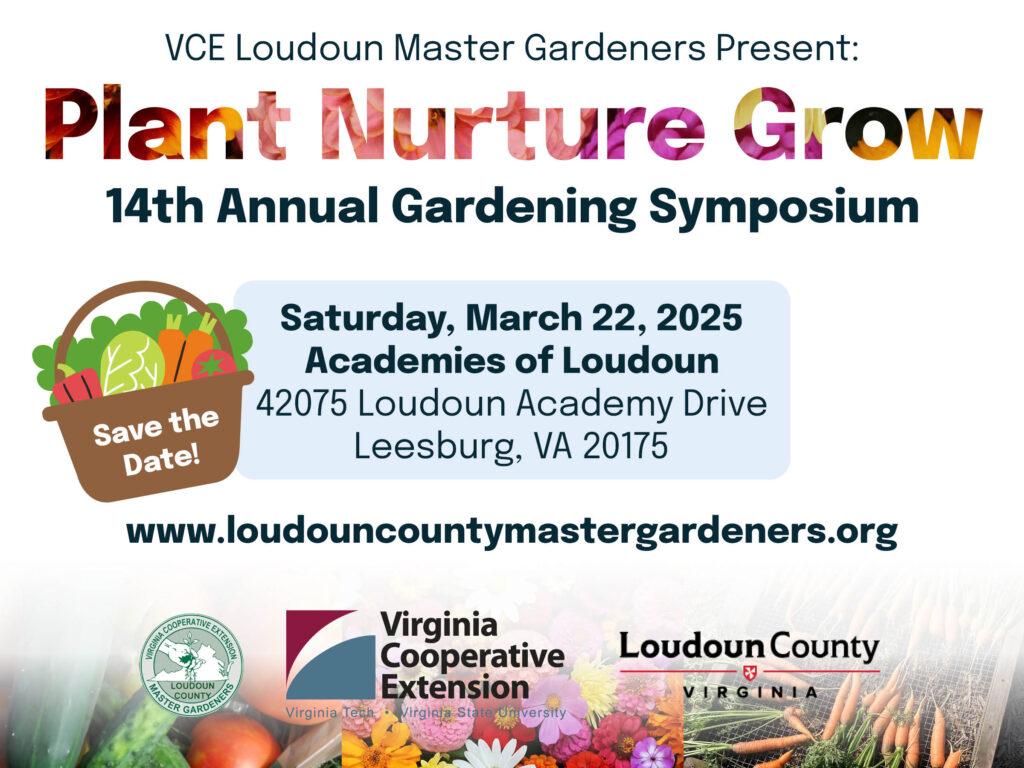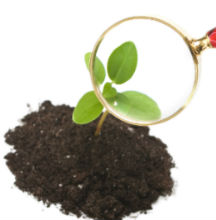Has another year gone by without a vegetable garden at your house? Are you uncertain where to start or what to do? October and November are the perfect months to prepare a vegetable area for planting next spring in your yard. Winter months will then be spent planning out the specifics of your garden so when drying spring winds sweep over the land you will be ready to get in the dirt.
First identify whether you have space in your yard for an in-ground bed or a raised bed. Space can be as little as a 4’ X 4’ area and will enable you to start small and expand as your confidence grows. Raised beds may be preferable if the ground is unworkable or contains hard clay/rock. An ideal raised bed which allows for planting of root vegetables or larger vegetables should be at least 8″ high.
Evaluate the site for sun! Summer vegetables need at least 8 hours and leafy green vegetables, 6-8 hours of sun. Look at the site over a period of days to make sure neighboring trees, shrubs or other obstacles are not inadvertently blocking sunlight. It maybe a little tricky to discern sun this time of year as the sun is lower in the sky than in mid-summer. Next take a look at slope. Will hard rains erode your garden space? Does the space sit in a swale or drainage channel on your property? Vegetable roots need to be well drained so sitting water will create disease and plant issues. While constantly waterlogged soil is bad, vegetables will need to be watered when dry so nearby sources of water are vital for healthy plants. Animal issues are also a major challenge to keeping your plants alive. Consider areas of the yard where there is already built-in protection from animal grazing. Temporary fencing can be found in home improvement stores and placed around the area but will require constant upkeep and monitoring. Exclusion heights for deer are 7.5’, 4’ for groundhogs, and 2.5’ for rabbits. Fencing should be slanted out 12 inches at the bottom or dug in at least 6 inches to prevent climbing and digging underneath. Permanent fencing can be found online and ordered in kits to install around the perimeter of the garden. Put up fencing at the beginning of the season early next spring as the heaviest pressure from animal activity occurs in early spring as well as late summer.
No space in the yard for a vegetable garden area? Consider decks or patios where containers can be placed. In container gardening culture, most vegetables will grow successfully but tall, vining or root vegetables will require larger containers. This is a good time of year to pick up self-watering containers at a discount as nurseries and online companies clear out end of season stock. Large self-watering containers will save you the agony of watering daily or even semi-daily so consider investing in these types. Containers for larger tomatoes, peppers, cucumbers will require a trellising system and this usually can be purchased with the container but homemade trellises using bamboo and twine or other materials will work too.
Tune in next week as we get more into the details of building a raised bed and preparing the soil for planting next spring.




